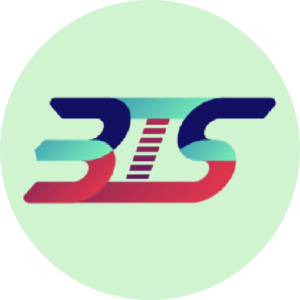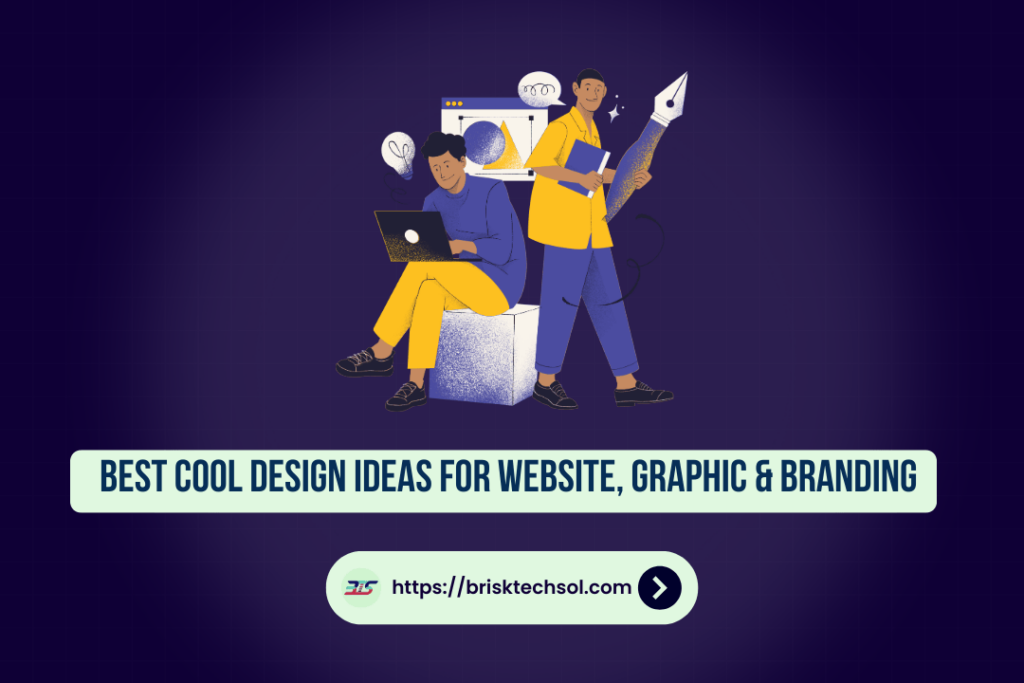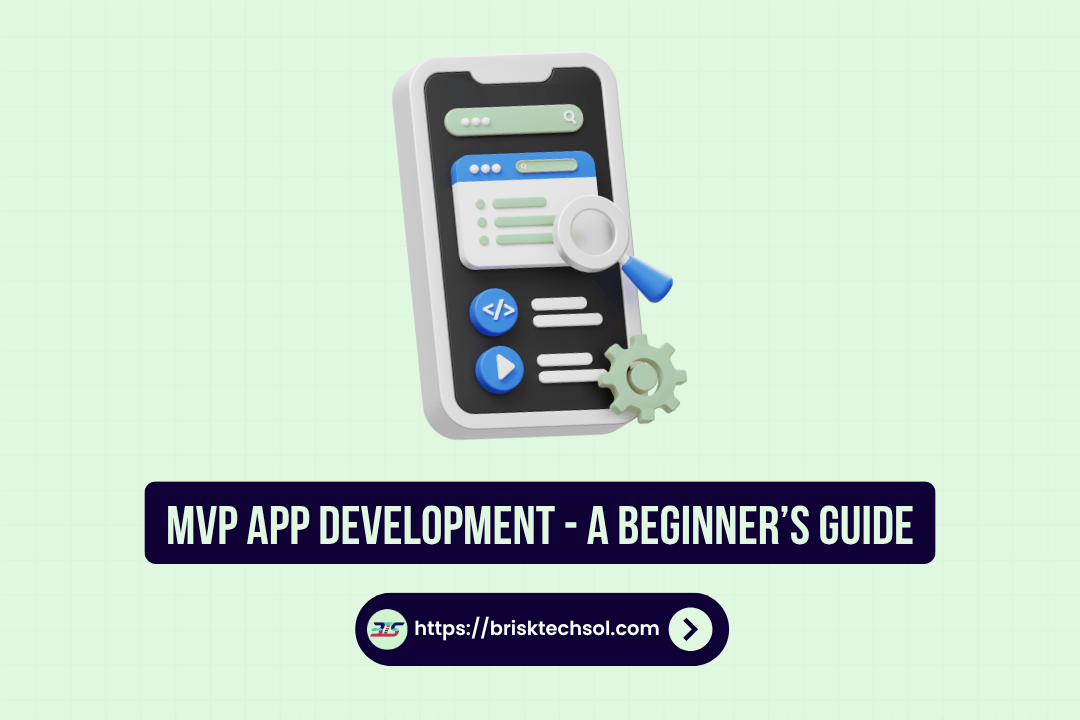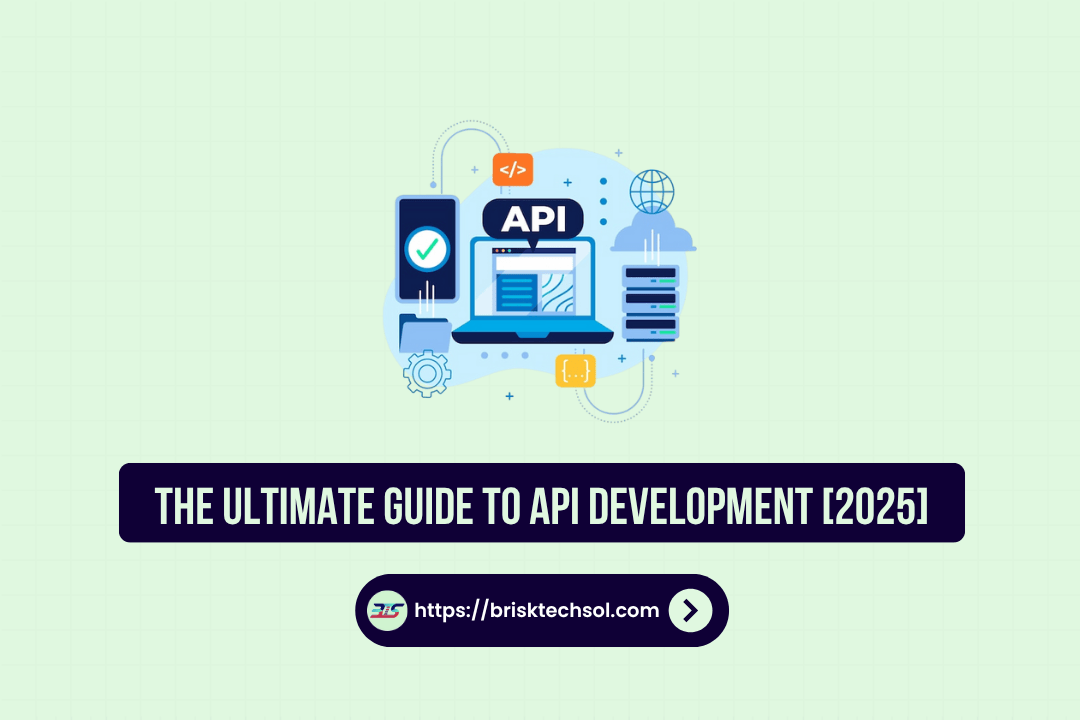In today’s digital era, innovative design isn’t just about aesthetics it’s a crucial strategy for engaging audiences. From modern website interfaces to striking graphic designs and cohesive branding, cool design ideas play a vital role in elevating your online presence. This guide explores actionable trends, creative techniques, and expert tools to transform your digital strategy.
Introduction to Cool Design Ideas for Websites, Graphics & Branding
Design is changing rapidly, and the digital world now demands that every visual element is both functional and captivating. In this section, we introduce the concept of cool design ideas that marry creativity with strategy. Whether you’re revamping an outdated website, refreshing your brand identity, or developing innovative graphic content, understanding current trends is key.
Modern design is driven by the need for responsiveness, usability, and a strong emotional connection with users. Studies indicate that websites with clean, modern design elements see significantly higher engagement and conversion rates. For example, research suggests that users are 50% more likely to interact with a website that features a modern, minimalist layout compared to one that appears cluttered. This demonstrates that aesthetics and functionality go hand in hand.
Within this landscape, industry jargon and keywords such as “responsive UI,” “minimalistic aesthetics,” “brand identity evolution,” and “interactive design” have become part of the everyday vocabulary for designers and marketers alike. Understanding these terms and integrating them into your design strategy can help ensure that your visual content not only looks great but also ranks well on search engines.
Best Cool Website Design Ideas
When it comes to websites, the design is often the first point of interaction with potential customers. A cool website design is characterized by a blend of functionality, aesthetics, and forward-thinking innovation.
Responsive & Mobile-First Design
Today’s digital consumers expect seamless experiences across all devices. Responsive design ensures that your website adapts to various screen sizes, delivering a consistent and engaging experience on smartphones, tablets, and desktops. According to industry insights, over 70% of users prefer websites that perform flawlessly on mobile devices, making responsive design a top priority.
Minimalism & Bold Layouts
Minimalistic design helps eliminate visual clutter, drawing attention to what matters most—your content. Using ample white space, combined with bold layouts, can create a striking visual impact. Bold typography and contrasting color schemes enhance readability and make your calls to action stand out, leading to higher conversion rates.
Interactive Elements & Micro-Animations
Subtle animations and interactive elements, such as hover effects and scroll-triggered transitions, add a layer of sophistication to your website. Micro-animations can provide immediate feedback to user actions, thereby improving usability and engagement. Integrating these design elements helps create a more dynamic and immersive online experience.
Quick Table – Top 5 Website Trends
| Trend | Description | Benefit |
|---|---|---|
| Responsive Design | Adapts to any device’s screen size | Enhanced accessibility |
| Minimalism | Clean, uncluttered interfaces | Improved user focus |
| Bold Typography | Use of large, striking fonts | Increased readability |
| Micro-Animations | Small interactive animations | Engaging user experience |
| Dynamic Layouts | Innovative, non-traditional grid systems | Modern, fresh aesthetic |
Incorporating these trends not only enhances the user interface but also contributes significantly to your site’s SEO. Well-optimized websites with fast load times and engaging visuals are favored by search engines, ultimately improving your search rankings.
Moreover, practical case studies reveal that websites incorporating these cool design trends often experience a notable boost in visitor retention and conversion metrics. By investing in creative, user-focused design, businesses can not only improve visual appeal but also drive measurable results in traffic and customer satisfaction.
Best Cool Graphic Design Ideas
Graphics are the visual language of your brand, conveying messages instantly without the need for lengthy explanations. Cool graphic design ideas empower brands to communicate clearly and leave a lasting impression.
Visual Hierarchy & Modern Typography
A well-crafted visual hierarchy directs the viewer’s attention and highlights the most important elements on the page. Modern typography, featuring contemporary fonts and precise kerning, plays a pivotal role in enhancing readability and setting the tone for your brand. Thoughtful use of typography creates a cohesive look that reinforces your brand’s personality.
Color Palettes & Contrast
The choice of colors in graphic design can evoke emotions and influence perceptions. Designers often leverage complementary and analogous color schemes to create visual harmony. For instance, high-contrast color combinations not only grab attention but also aid in readability and accessibility. Research shows that effective use of color can increase brand recognition and help retain viewer attention.
Custom Illustrations & Iconography
Bespoke illustrations and custom icon sets are becoming increasingly popular as they differentiate a brand from generic stock visuals. Custom graphics add uniqueness and personality, making your visual content more memorable. Whether it’s playful illustrations or sophisticated line art, investing in custom graphics can elevate your overall design quality.
Data-Driven Design Trends
Integrating data into design decision-making can lead to more effective outcomes. Studies have revealed that visually appealing graphics can boost content retention by up to 40%. Using data to choose design elements—such as the optimal color palette or layout style—ensures that your graphics are not only beautiful but also strategically effective.
Quick Table – Impact of Graphic Elements
| Element | Key Statistic | Impact |
|---|---|---|
| Typography | +20% readability | Enhanced user engagement |
| Color Contrast | 30% improved recall | Better visual communication |
| Custom Illustrations | +25% brand recognition | Distinct brand identity |
By blending creativity with data-driven insights, graphic design becomes a powerful tool to support overall branding efforts. Whether you are designing for digital or print, the strategic use of visual elements can transform how audiences perceive and interact with your brand.
Best Cool Branding Ideas
Branding goes beyond a logo or color palette—it’s the complete visual and emotional experience of your business. Cool branding ideas are those that combine creativity with consistency to build a memorable identity.
Brand Identity & Logo Design
At the heart of any successful branding initiative is a unique, well-thought-out logo that captures your brand’s essence. A distinctive logo paired with a cohesive color scheme and typography lays the foundation for your brand identity. Research indicates that brands with a consistent visual identity can experience up to an 80% increase in customer recognition.
Storytelling Through Visual Design
Effective branding tells a story. Visual storytelling incorporates design elements that convey your brand’s mission, values, and personality. Whether through a series of images, a compelling video, or a narrative-infused website, storytelling transforms abstract concepts into relatable experiences that resonate with your target audience.
Consistency Across Platforms
Maintaining visual consistency is key to ensuring that your brand is instantly recognizable. From your website to your social media channels, a uniform design approach reinforces trust and fosters brand loyalty. Consistent imagery, typography, and color usage across multiple touchpoints signal professionalism and reliability.
Rebranding Strategies
For established brands looking to stay relevant, rebranding offers an opportunity to refresh outdated visuals while preserving core brand values. Effective rebranding involves careful market research, creative brainstorming, and incremental updates to avoid alienating existing customers. Statistics show that successful rebranding efforts can significantly boost market interest and overall brand perception.
Quick Table – Branding Strategies Comparison
| Strategy | Description | Outcome |
|---|---|---|
| Consistent Imagery | Uniform design elements across channels | Increased trust and loyalty |
| Custom Logo Creation | Unique, memorable logos that define identity | Higher brand recall |
| Visual Storytelling | Integrating narrative elements into design | Strong emotional connection |
| Rebranding Initiatives | Modernizing visuals while retaining core values | Renewed market interest |
Cool branding is not just about following trends; it’s about establishing a visual language that speaks directly to your audience. By combining strong logo design, storytelling, and consistency, brands can create an impactful identity that stands out in a crowded market.
Tools, Best Practices, and Strategies
Successful design execution is supported by the right set of tools and a solid strategy. In this section, we explore essential tools, industry case studies, and actionable tips that can help bring cool design ideas to life.
Essential Design Tools
Designers today have a robust suite of tools at their fingertips. Adobe Creative Suite remains a top choice for graphic design and photo editing, while Figma and Sketch are favorites for UI/UX design. These tools provide the flexibility and collaboration features needed to execute complex design projects efficiently.
Case Studies & Industry Data
Real-world examples demonstrate that investing in professional design tools and strategies can lead to measurable improvements. For instance, businesses that update their design strategies using these tools often see a 35% boost in user engagement and improved conversion rates. Analyzing case studies helps reveal which design trends and techniques yield the best results.
Practical Tips & Strategies
- Plan and Research: Begin every project with thorough research on design trends and competitor benchmarks.
- Iterate and Test: Use A/B testing to refine design elements, ensuring that every change is backed by user data.
- Integrate SEO: From meta tags to image alt text, integrate keywords naturally into your design content to boost search engine rankings.
Quick Table – Top Design Tools Overview
| Tool | Key Features | Best For |
|---|---|---|
| Adobe Creative Suite | Comprehensive editing and design | Graphic design & branding |
| Figma | Collaborative UI/UX design | Website design and prototyping |
| Sketch | Intuitive vector-based design | Digital interface design |
By combining industry best practices with the latest design tools, you can create cool, effective design projects that not only look great but also deliver tangible business results.
Conclusion
In conclusion, cool design ideas for websites, graphics, and branding are more than just visually appealing they are essential for crafting an engaging digital experience. By embracing responsive layouts, dynamic graphics, and consistent branding, you can create a user experience that not only captivates but also builds lasting trust.
1. What are cool design ideas for websites?
Cool website design ideas include responsive layouts, minimalistic interfaces, and interactive features such as micro-animations and dynamic grids. These elements work together to create an engaging and user-friendly experience that drives higher engagement and conversion rates.
2. How do cool graphic design ideas boost online engagement?
Effective graphic design uses modern typography, vibrant color palettes, and custom illustrations to create visual hierarchy and capture attention. Studies have shown that well-designed visuals can increase content retention and brand recall, helping audiences connect with your message more deeply.
3. What are the key elements of a strong brand identity?
A strong brand identity is built on a memorable logo, consistent color schemes, and coherent typography. It also involves visual storytelling that communicates your brand’s mission and values, ensuring that the overall design is consistent across all platforms.
4. Which tools can help implement cool design ideas?
Popular design tools include Adobe Creative Suite for graphic work, Figma and Sketch for web and UI/UX design, and various prototyping and collaboration platforms. These tools allow designers to experiment, iterate, and refine ideas quickly while ensuring the final output is both innovative and functional.
5. How can I integrate SEO into my design strategy?
Integrating SEO starts with strategic keyword placement in headings, meta tags, and image alt text. Additionally, fast-loading, mobile-responsive designs improve user experience and search rankings. By combining creative design with technical SEO best practices, you ensure that your website not only captivates visitors but also performs well in search engine results.









